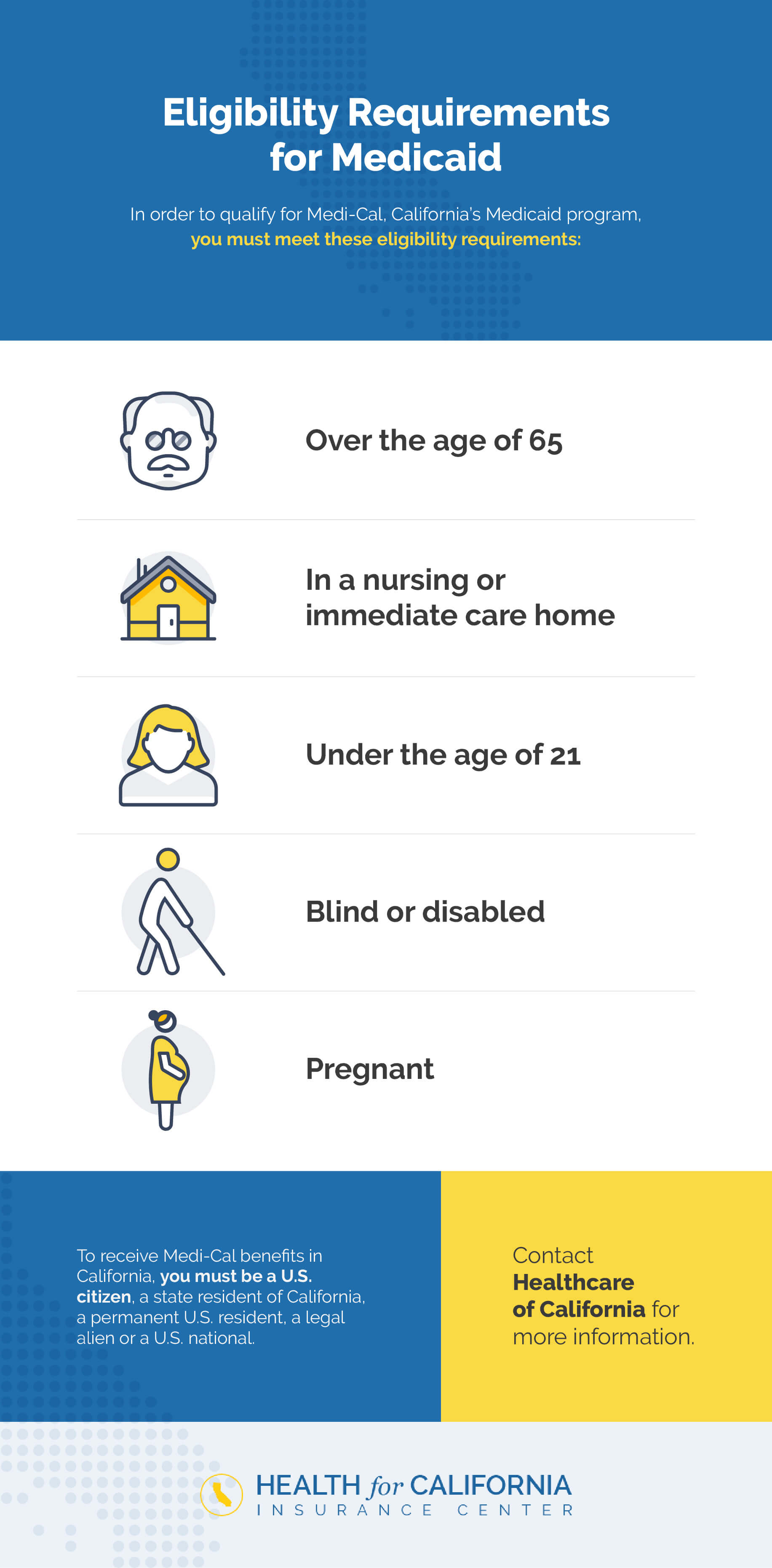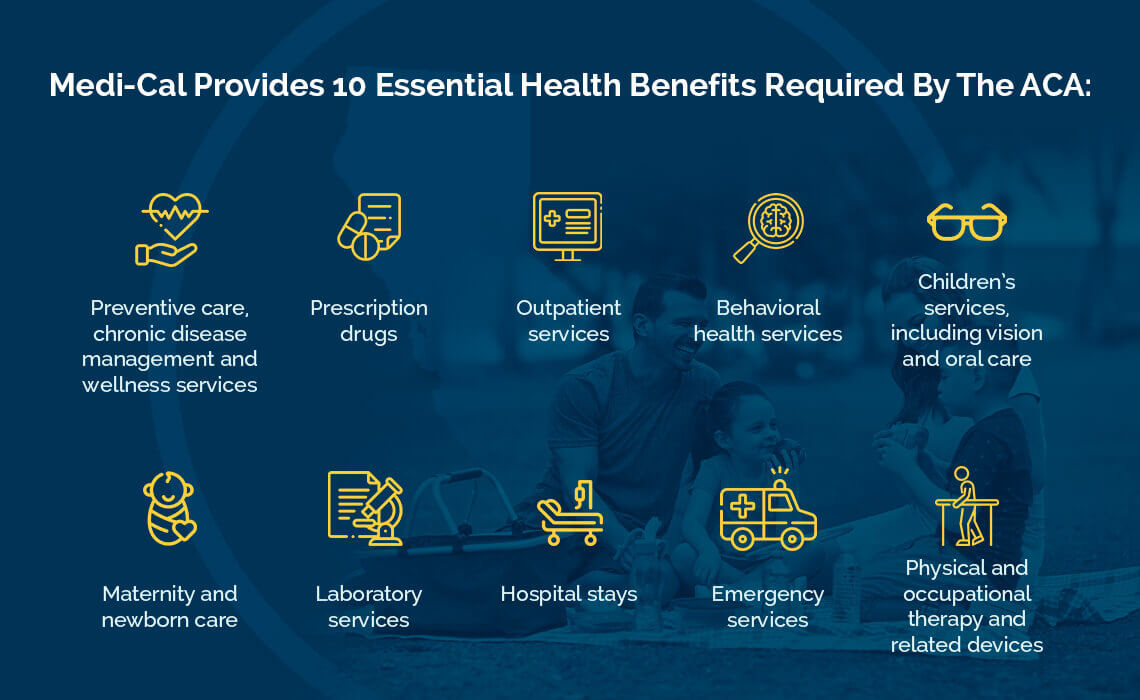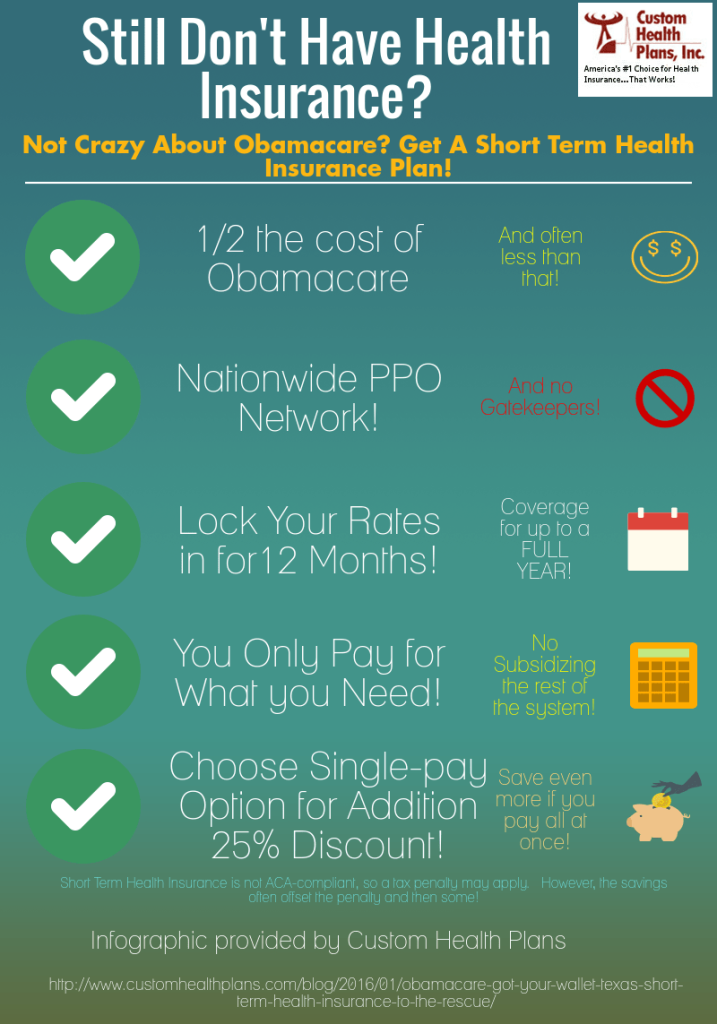Medicare Advantage Agent for Dummies
Medicare Advantage Agent for Dummies
Blog Article
The 15-Second Trick For Medicare Advantage Agent
Table of ContentsAll about Medicare Advantage AgentMore About Medicare Advantage Agent7 Simple Techniques For Medicare Advantage Agent

follows from complies with the perplexing young fairly profile of account uninsured with without insurance better healthMuch better wellness average, standard younger personsMore youthful For those without accessibility to office health insurance coverage, bad health and wellness is a prospective barrier to purchasing nongroup protection because such coverage might be highly priced, leave out pre-existing conditions, or be simply not available. Unless otherwise noted, nationwide price quotes of people without health and wellness insurance and proportions of the populace with various kinds of insurance coverage are based on the CPS, the most commonly used source of estimates of insurance policy protection and uninsurance prices.

Medicare Advantage Agent Things To Know Before You Get This
Over a three-year period starting early in 1993, 72 million people, 29 percent of the united state populace, lacked insurance coverage for at the very least one month. Within a solitary year(1994), 53 million people experienced at the very least a month without coverage(Bennefield, 1998a). Six out of every 10 without insurance grownups are themselves utilized. Although working does enhance the probability that a person and one's relative will certainly have insurance, it is not a guarantee. Also participants of households with two full time wage earners have virtually a one-in-ten chance of being without insurance (9.1 percent uninsured rate)(Hoffman and Pohl, 2000 ). The partnership between medical insurance and accessibility to care is well established, as documented later on in this phase. The relationship between health insurance policy and health outcomes is neither direct nor basic, a considerable clinical and health services research study literature links health insurance coverage
to improved access accessibility care, better quality, and improved personal and population health status. For example, the second report, on individual wellness end results for without insurance grownups, is stood for by the innermost circle of the figure, while the 3rd record, on family members health, incorporates the topics of the second report but emphasizes a different device of evaluation, particularly, the family members. The 6th record in the series will offer details about strategies and campaigns taken on locally, statewide, or nationally to address the absence of insurance coverage and its unfavorable influences. Degrees of analysis for checking out the impacts of uninsurance. This discussion of medical insurance protection focuses primarily on the united state populace under age 65 because basically all Americans 65 and older have Medicare or other public insurance coverage.
Furthermore, it focuses specifically on those without any kind of medical insurance for any length of time. The problems faced by the underinsured remain in some aspects similar to those encountered by the uninsured, although they are generally less serious. Uninsurance and underinsurance, nonetheless, entail distinctly various policy concerns, and the approaches for resolving them might vary. Throughout this research study and the five reports to follow, the main focus gets on individuals with no health and wellness insurance coverage and therefore no aid in paying for healthcare past what is readily available via charity and security web organizations. Medical insurance is a powerful variable impacting receipt of care due to the fact that both people and medical professionals react to the out-of-pocket price of solutions. Medical insurance, however, is neither necessary neither adequate to access to clinical services. However, the independent and straight effect of health
insurance policy coverage on accessibility to health and wellness services is well developed. Others will get the healthcare they require even without wellness insurance coverage, by paying for it expense or seeking it from companies who use care complimentary or at extremely subsidized rates. For still others, health insurance coverage alone does not guarantee invoice of care as a result of various other nonfinancial barriers, such as an absence of health care providers in their neighborhood, minimal access to transport, illiteracy, or linguistic and cultural distinctions. Official research regarding without insurance populaces in the United States dates to the late 1920s and early 1930s when the Board on the Price of this post Medical Care created a collection of records about financing medical professional office check outs and hospital stays. This issue became prominent as the varieties of medically indigent climbed during the Great Anxiety. Empirical researches consistently sustain the link between access to care and enhanced wellness end results(Bindman et al., 1995; Starfield, 1995 ). Having a regular source of care can be taken into consideration a forecaster of accessibility, as opposed to a direct measure of it, when health outcomes are themselves utilized as access indicators. This extension of the notion of gain access to measurement was made by the IOM Committee on Keeping Track Of Gain Access To to Personal Health And Wellness Care Solutions(Millman, 1993, p. Whether or not parents are insured appears to influence whether their youngsters obtain treatment in addition to just how much careeven if the kids themselves have protection(Hanson, 1998). The wellness of parents can influence their capacity to look after their kids and the level browse around here of family tension. Fretting about their children's accessibility to care is itself a resource of tension for parents. 3 phases adhere to in this report. Chapter 2 provides a summary of how employment-based health insurance coverage, public programs and individual insurance plans operate and interact to provide considerable however incomplete coverage of the united state population. This consists of an evaluation of historical fads and public laws influencing both public and personal insurance, a conversation of the interactions amongst the different kinds of insurance coverage, and an assessment of why people relocate from one program to another or finish up

Report this page